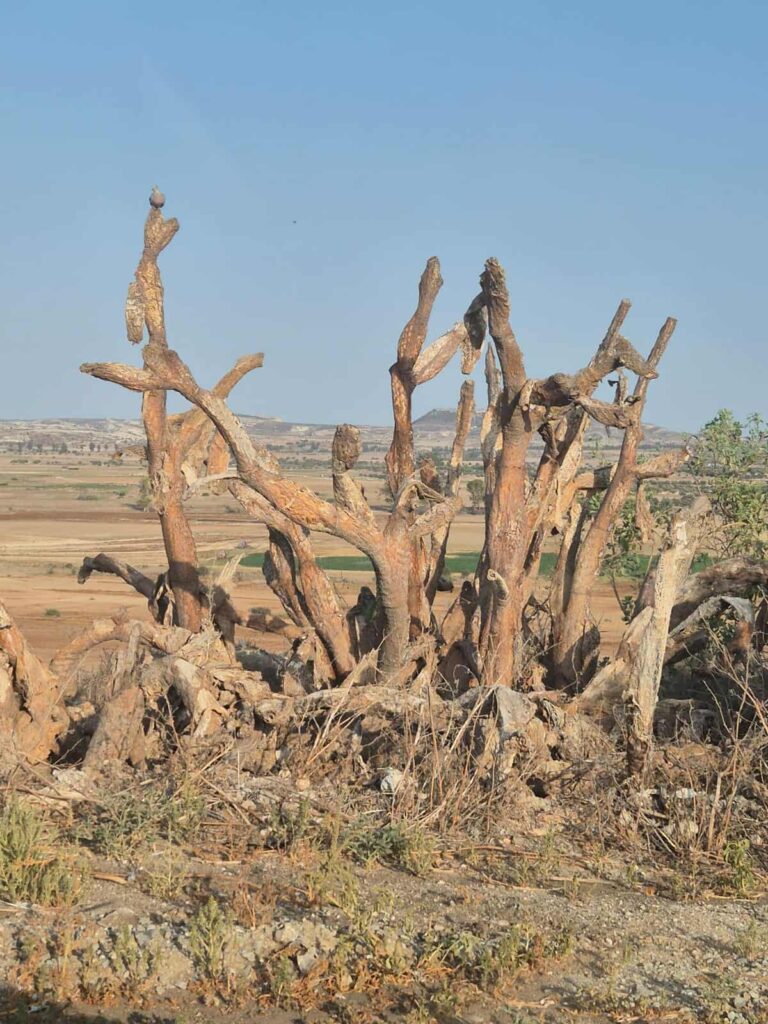Cyprus will go without prickly pears this summer, as a widespread Cyprus prickly pear infestation has devastated the island’s crops. The fruit, a staple of the season, is under severe threat from the insect Dactylopius opuntiae, commonly known as the prickly pear cochineal.
This sap-sucking insect, native to Mexico, is easily recognisable by its vivid red colouring, caused by the carminic acid it contains. First detected in Cyprus in 2016, the pest can completely destroy a plant within two to three years. Its spread is now almost universal in the island’s free areas.

The loss of prickly pears is not only a culinary blow, it also impacts local biodiversity. Many species, including bees, birds, and reptiles, rely on prickly pear plants for food and water.
Authorities had been aware of the problem since 2016, but no decisive action was taken in time to prevent the current crisis. The proposed response now includes the complete removal, burning, and burial of infected plants; the creation of protective zones; establishing a genetic material bank from healthy plants; educating producers; cooperating with other Mediterranean countries; securing EU funding; and researching new resistant varieties.
The eradication measures are expected to be challenging, given the scale of the Cyprus prickly pear infestation and the speed at which the cochineal insect spreads. Without intervention, experts warn that the fruit may disappear entirely from Cyprus in the coming years.


Also read: Record warm seas help to bring extraordinary new species to UK waters
For more videos and updates, check out our YouTube channel.


